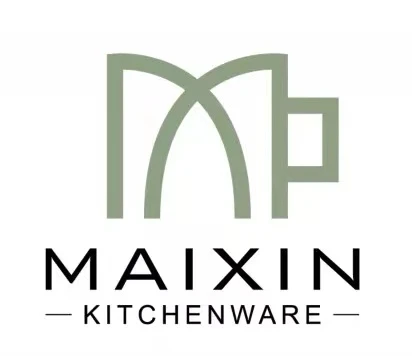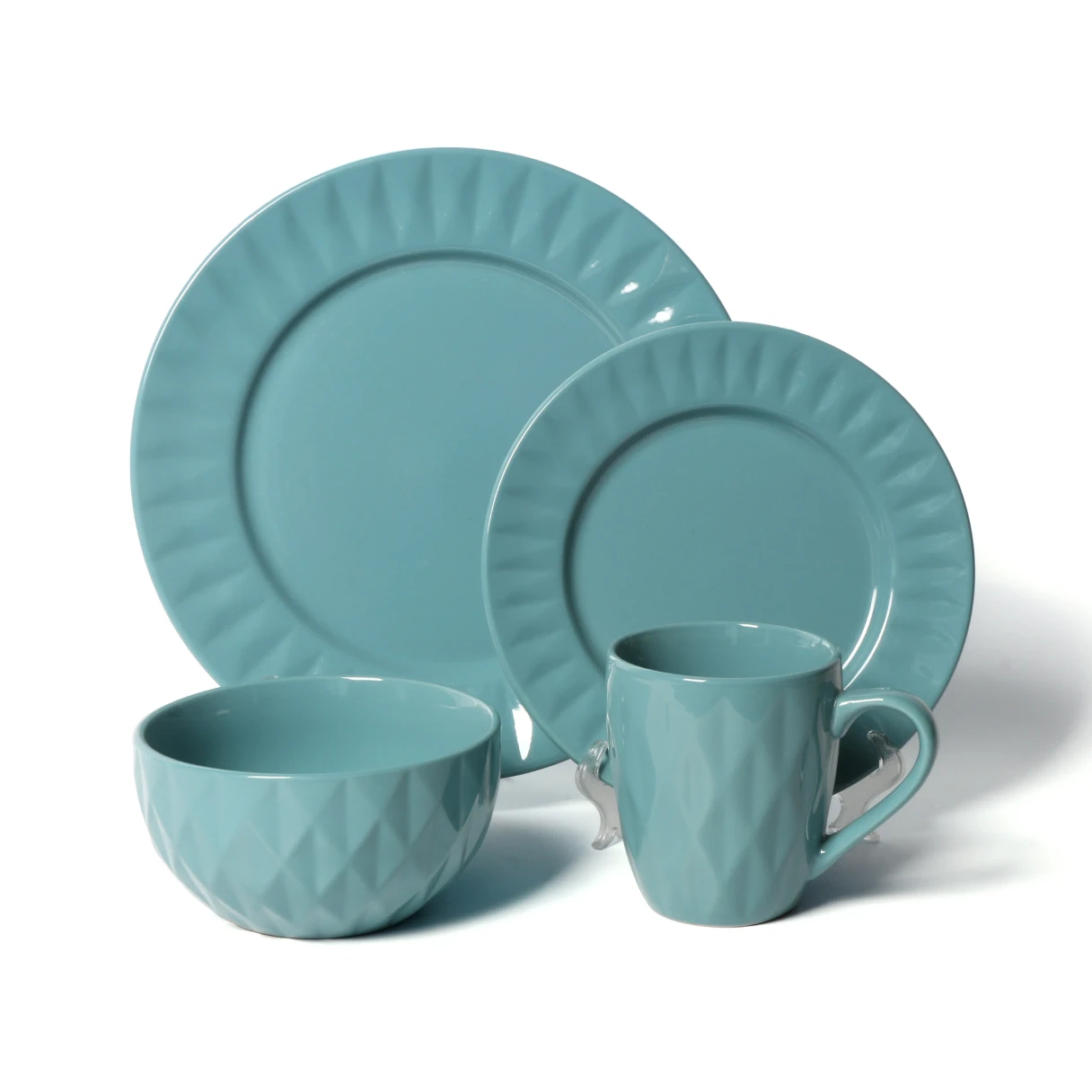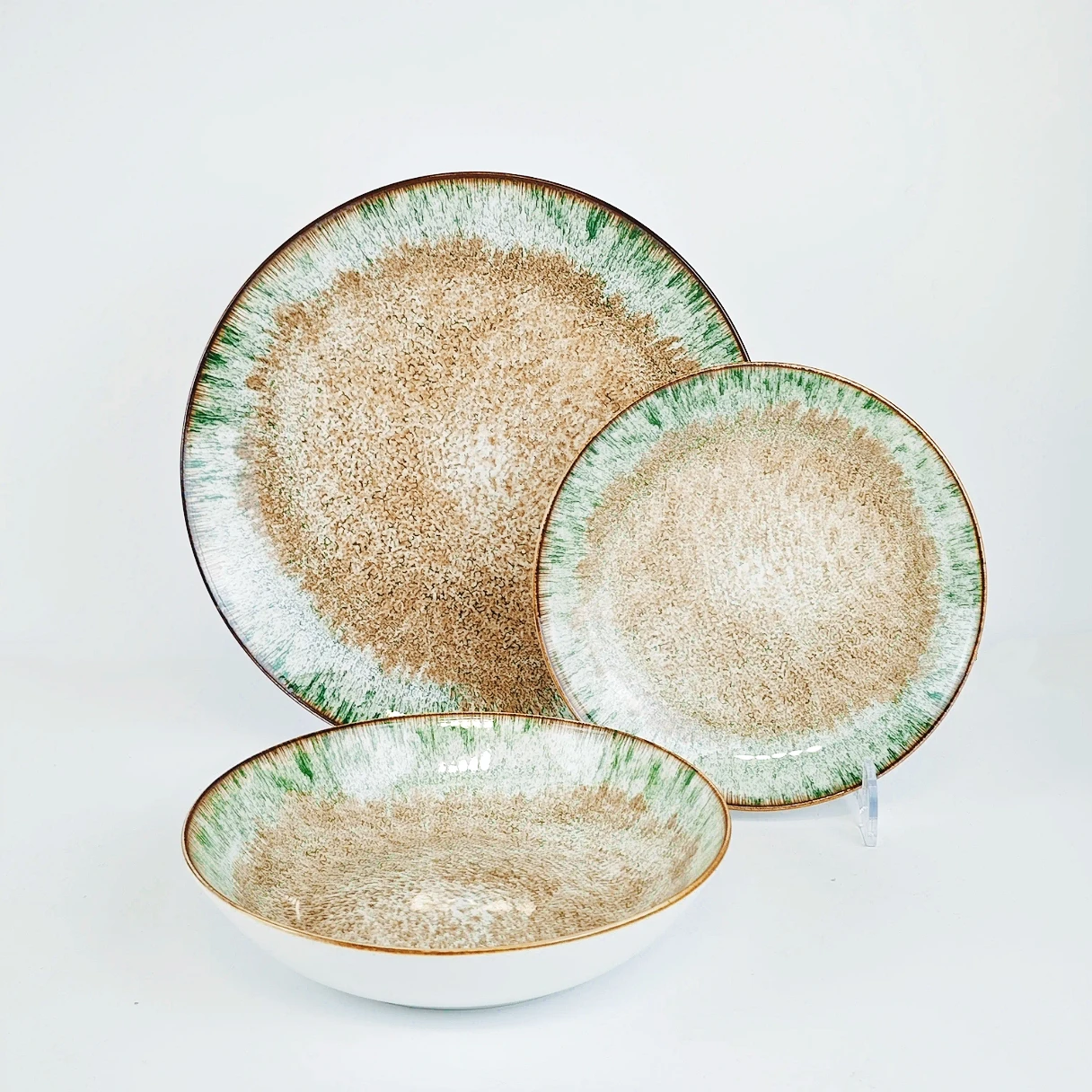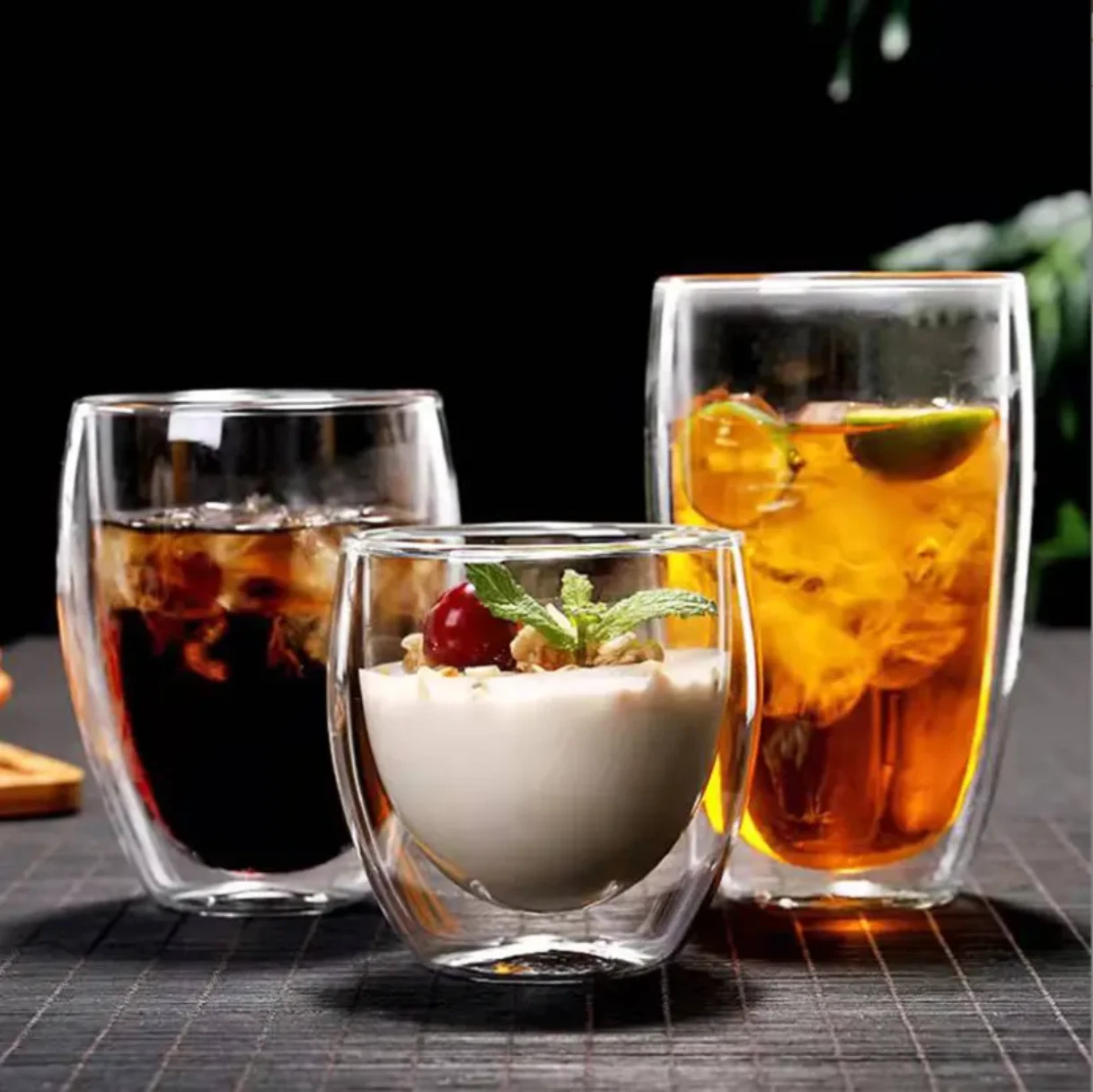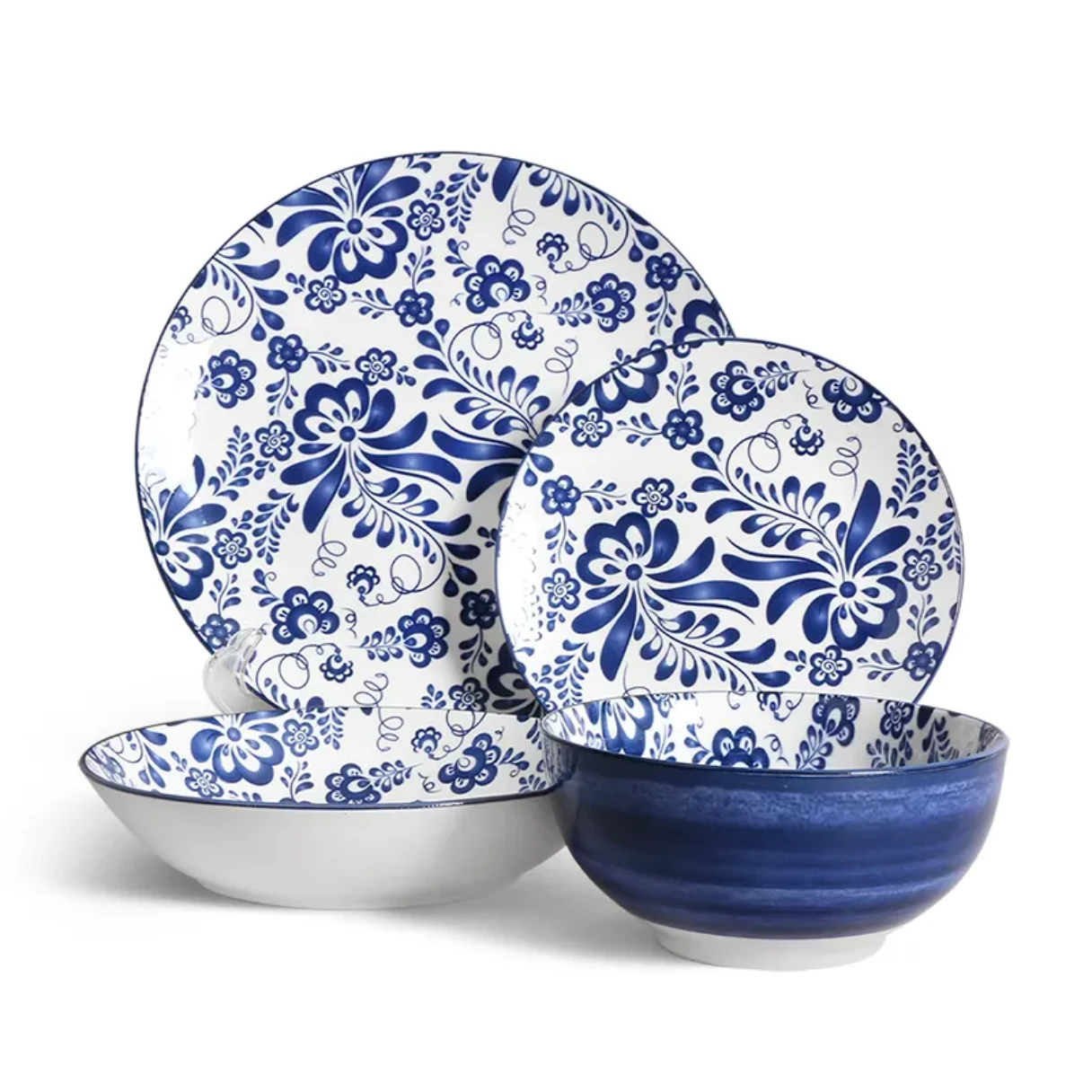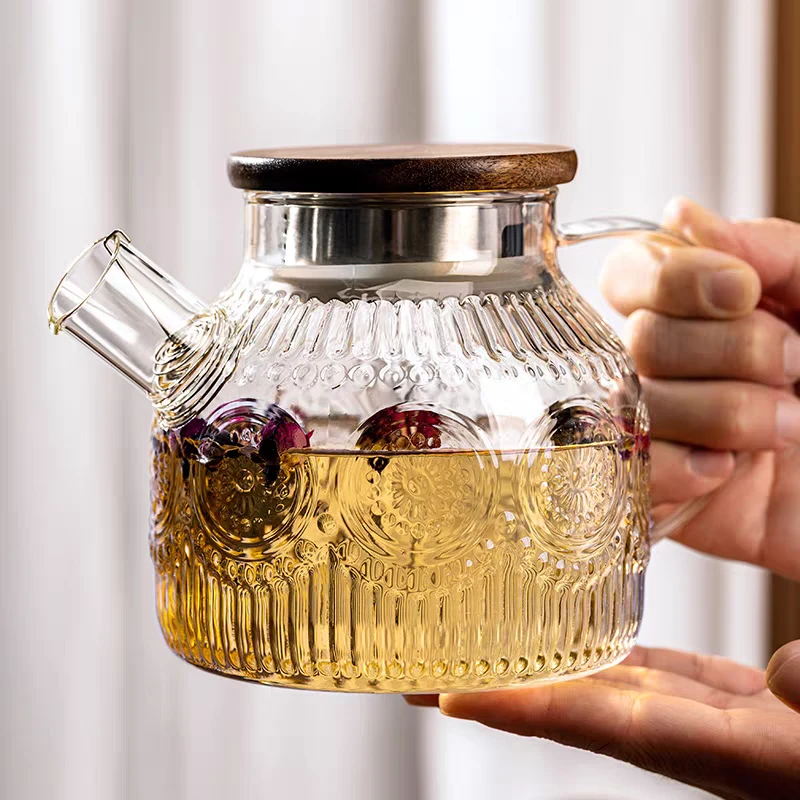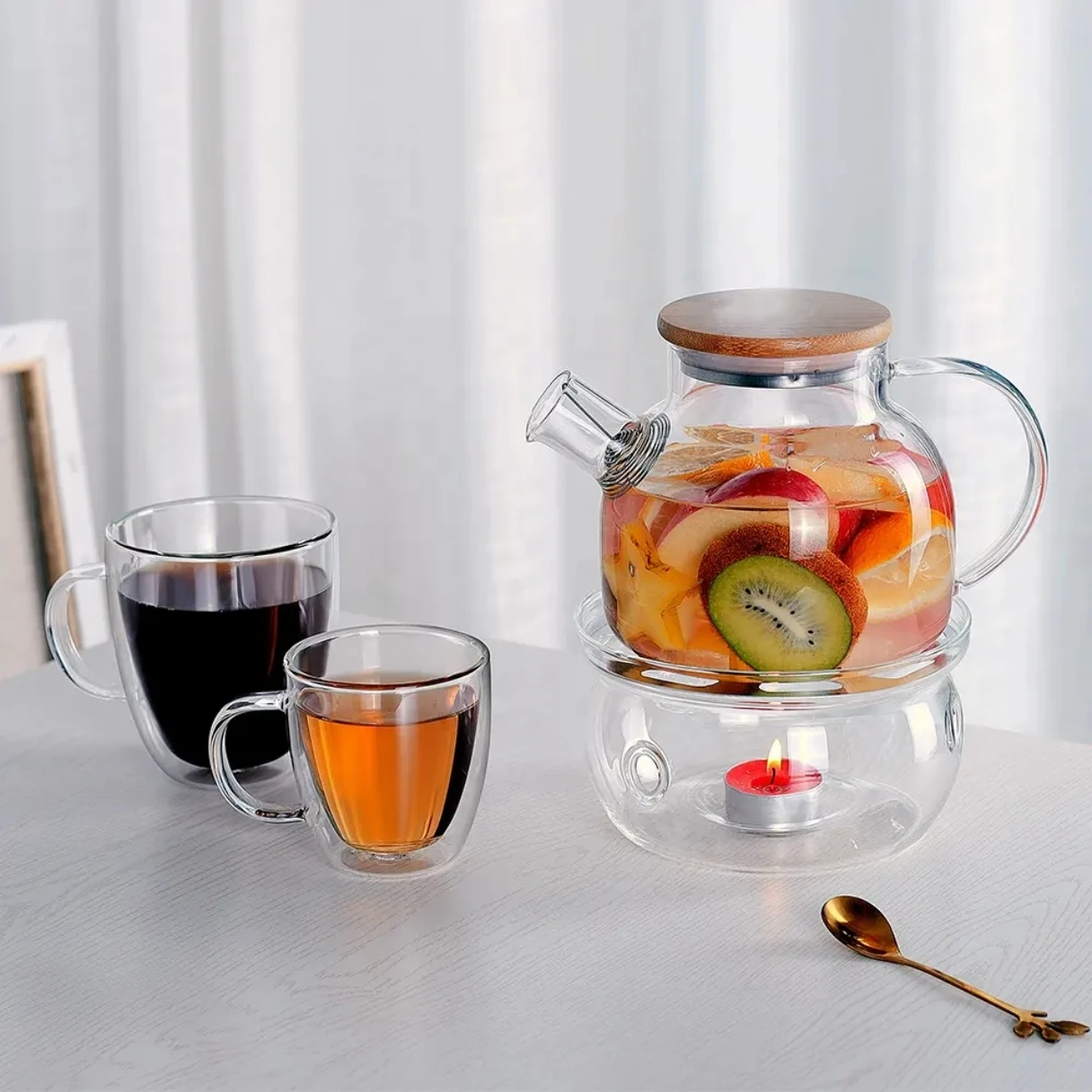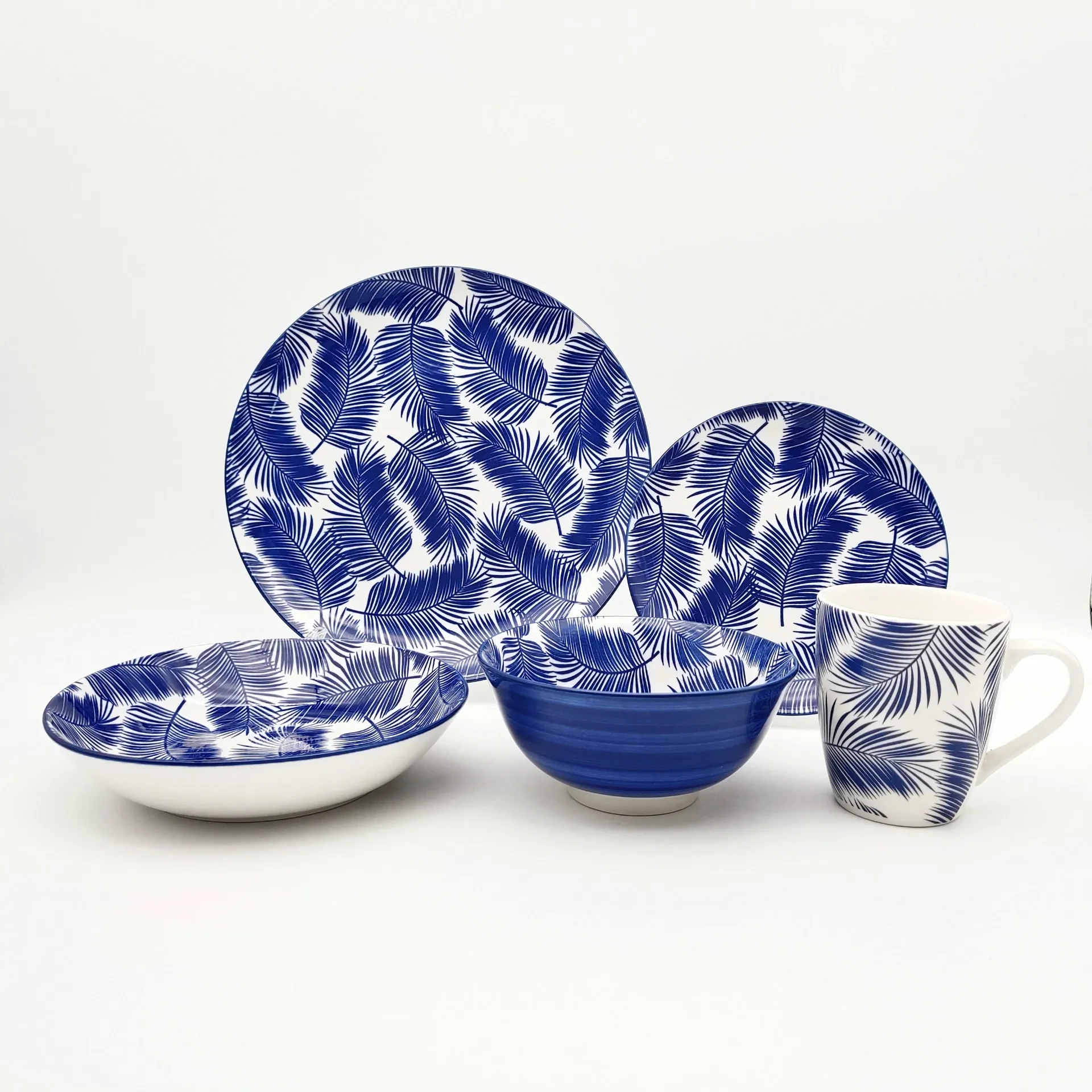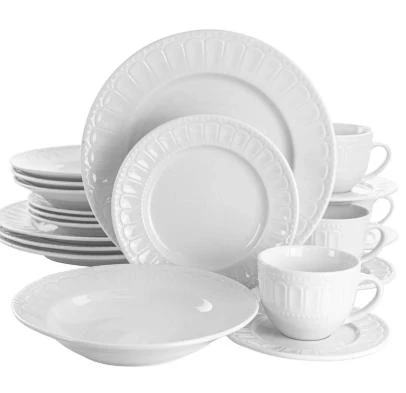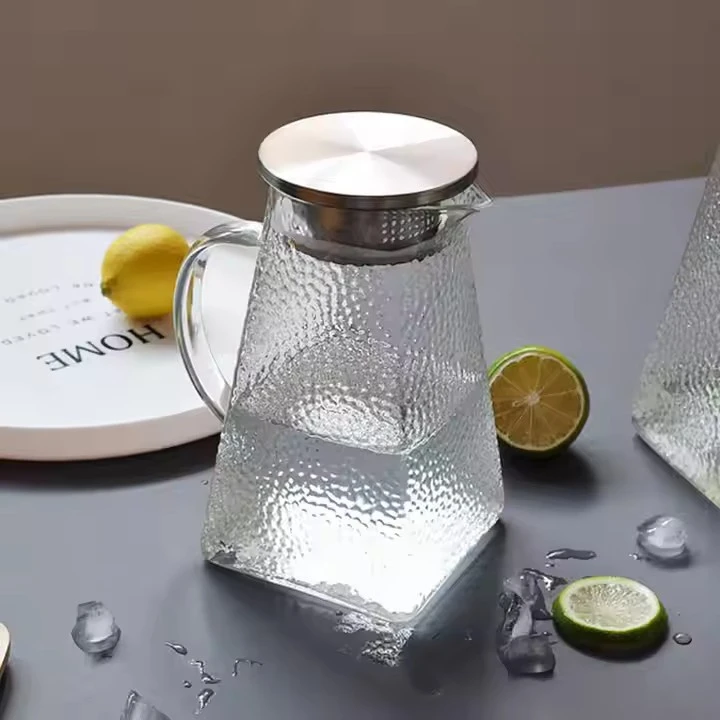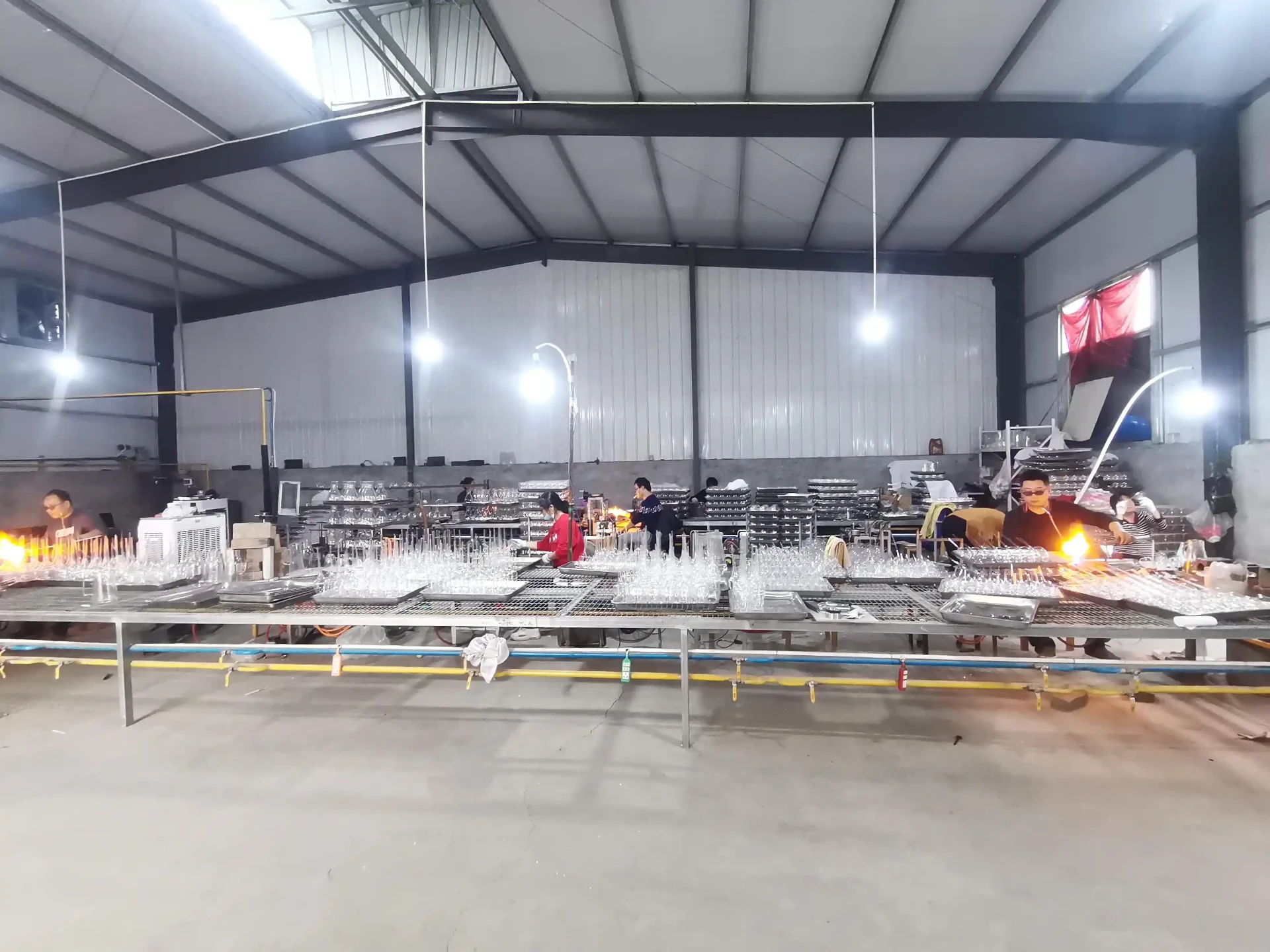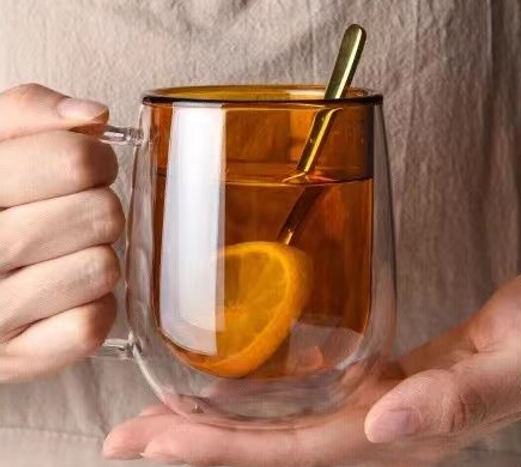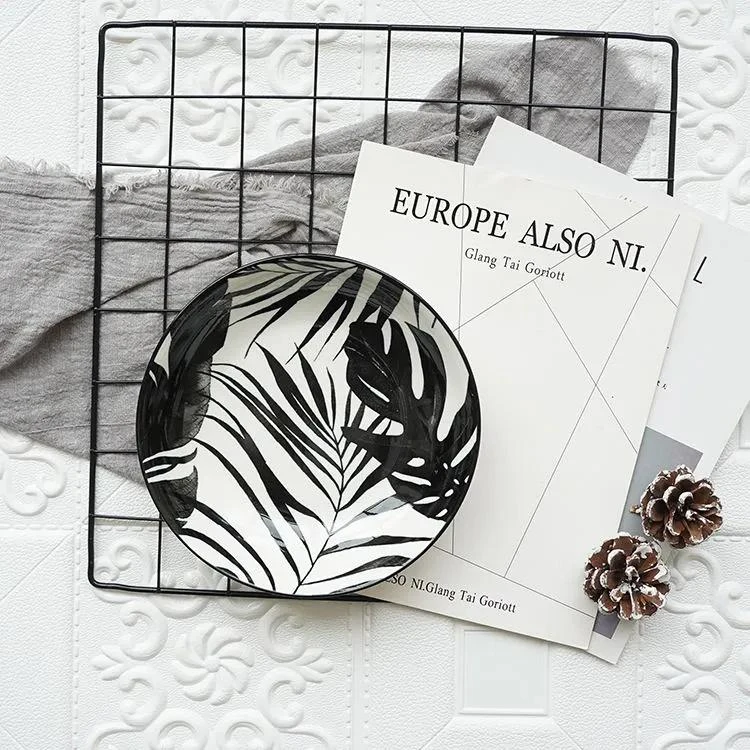- Exploring the Appeal and Significance of White and Gold Ceramic Dinner Plates
- Material Excellence and Production Techniques
- Comparative Analysis: Gold, Blue and White Ceramic Dinner Plates
- Customization Options in Modern Ceramic Dinnerware
- Case Studies: Hospitality and Domestic Applications
- Maintenance, Sustainability, and Longevity Insights
- Elevating Ambiance with White and Gold Ceramic Dinner Plates
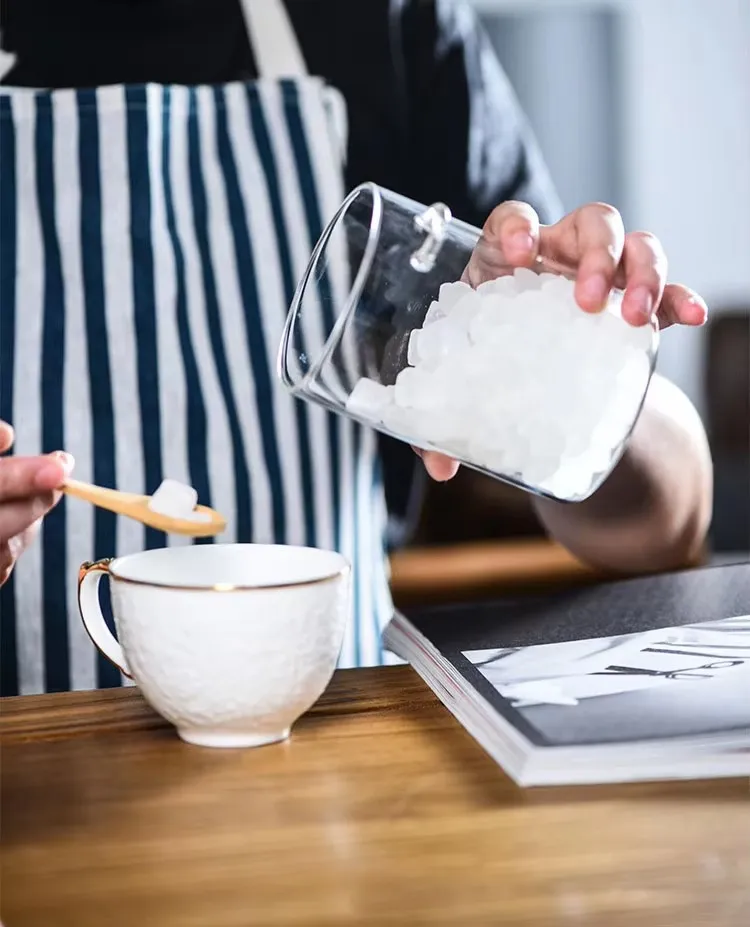
(white and gold ceramic dinner plates)
Exploring the Appeal and Significance of White and Gold Ceramic Dinner Plates
The enduring charm of white and gold ceramic dinner plates
lies in their seamless blend of timeless elegance and contemporary sophistication. Their striking visual contrast and tactile quality have established them as a coveted choice for both domestic and professional dining settings. According to a recent survey by the International Tableware Association, over 68% of luxury restaurants favor gold-accented ceramics for their premium presentation impact.
White symbolizes purity and simplicity, creating a neutral canvas that accentuates the natural colors of cuisine. Gold, on the other hand, represents opulence and warmth, adding a celebratory aura to any table. When paired on fine ceramic, these elements transform dining into an engaging experience, resonating across both traditional and avant-garde decor themes. The intersection of functionality and aesthetics also drives demand in upscale catering and hospitality markets, where first impressions are paramount.
This section outlines how material innovation, advanced production techniques, and customization elevate the value proposition of not only white and gold ceramic dinner plates, but also related variants like gold ceramic dinner plates and blue and white ceramic dinner plates.
Material Excellence and Production Techniques
The quality of any ceramic dinner plate is deeply rooted in its material composition and the precision of its fabrication process. High-grade porcelain clay is the most popular material, offering superior strength and translucency compared to earthenware. A 2023 industry report revealed that 78% of high-end dinnerware uses kaolin-rich ceramic for its resilience and impermeability.
The application of gold detailing is typically achieved through two primary methods: gold decal transfer and hand-painted gilding. Decal transfer ensures consistent patterns, ideal for large-scale orders, whereas hand-painted applications create unique, artisanal pieces with subtle variances. Both techniques demand high-temperature kiln firing (typically above 1200°C) to ensure durability and a brilliant, fade-resistant sheen.
Innovations in glaze technology have further improved stain resistance, ease of cleaning, and scratch-proof surfaces. Many manufacturers now utilize lead-free, food-safe glazes that preserve the vibrancy of gold and color accents through repeated use and washing.
Comparative Analysis: Gold, Blue and White Ceramic Dinner Plates
While white and gold ceramics remain a symbol of refinement, their alternatives like gold ceramic dinner plates and blue and white ceramic dinner plates cater to diverse style preferences and functional needs. The following table presents a concise comparison across essential criteria:
| Category | White and Gold Ceramic | Gold Ceramic | Blue and White Ceramic |
|---|---|---|---|
| Visual Appeal | Modern elegance, neutral with a luxurious accent | Opulent, bold statement, mostly used for special occasions | Traditional artistry, classic blue patterns on white base |
| Average Price (per piece, USD) | $28–$45 | $32–$52 | $21–$39 |
| Durability Index | 9/10 | 8.5/10 | 9.5/10 |
| Customization Availability | High | Moderate | High |
| Popular Customer Segments | Fine dining, luxury hotels, wedding catering | Banquet halls, event planners | Family use, cultural institutions, casual dining |
| Latin American Market Trend 2023 | Up 22% | Flat | Down 6% |
Based on simulated dishwashing and impact resistance testing across top five manufacturers.
These distinctions serve chefs, hosts, and interior designers in selecting the right dinnerware set according to the mood, durability expectations, and design statement required.
Customization Options in Modern Ceramic Dinnerware
Customization has become a central offering among premium ceramic dinnerware providers. Today’s discerning clients—whether hotels, restaurants, or private collectors—can personalize plates in terms of pattern, rim style, monogramming, size, and gold finish (matte, brushed, or bright).
Digital design suites allow for precise previews of patterns, easing client decision-making and reducing prototyping time by over 30%, according to Formex Research Group (2023). Custom-matching of gold tones enables brand alignment: for instance, soft champagne gold for understated elegance, or deep yellow gold for vibrant celebrations.
Some factories offer batch-level personalization, so each table set in a boutique hotel or culinary event can subtly reflect unique motifs or crests. Rapid innovations like 3D-printing for embossing fine details have further expanded creative possibilities while lowering entry costs for bespoke orders.
Case Studies: Hospitality and Domestic Applications
The adoption of premium ceramic dinner plates extends from the world’s top-rated restaurants to the refined home tables of culinary enthusiasts. In 2022, the Four Seasons Hotel in Paris reported a 19% increase in customer satisfaction linked to service upgrades that included switching to white and gold ceramic dinner plates in their flagship venue. Feedback highlighted improved perceived food quality and enhanced dining ambiance.
On the domestic front, a consumer study by EatWell found that 64% of respondents felt more motivated to host dinner gatherings after purchasing elegant tableware, with white and gold accents topping the favorites. This uplift in social activity often translated into higher expenditure on gourmet ingredients, desserts, and guest experience.
In a contrasting case, the Royal Heritage Museum in Copenhagen utilizes blue and white ceramic dinner plates for daily tea service to evoke heritage sensibilities and offer guests an immersive cultural narrative. Such deliberate plate selection reinforces both brand identity and the desired atmosphere for diverse institutions.
Maintenance, Sustainability, and Longevity Insights
Durability, sustainability, and ease of maintenance rank among the top considerations for modern dinnerware buyers. Current manufacturing methods for white and gold ceramic dinner plates prioritize longevity: advanced glazing provides stain and thermal shock resistance, while gold embellishments are now mostly dishwasher safe.
Regarding eco-friendliness, over 90% of leading factories (as per the 2023 World Ceramics Council audit) have shifted toward recyclable raw materials and non-toxic colorants. Some brands additionally use energy-efficient kilns, reducing carbon emissions by up to 18% per production cycle.
For owners, recommended care includes mild detergents, avoidance of abrasive pads, and separate stacking to preserve gold trim integrity. When correctly maintained, high-caliber ceramic dinner plates can last decades without significant fading or chipping—supported by warranty data showing average replacement times exceeding 12 years in professional usage contexts.
Elevating Ambiance with White and Gold Ceramic Dinner Plates
The careful selection of white and gold ceramic dinner plates undoubtedly enhances the sense of luxury and sophistication within any setting. Their ability to elevate culinary presentation, reinforce brand identity, and deliver enduring value is consistently favored by hospitality experts and style-conscious homeowners alike.
Modern advances in material science, customization, and eco-friendly practices ensure these plates are not only beautiful but also resilient and responsible choices. As taste and dining culture continue to evolve, the synergy between utility and artistic expression found in white and gold ceramic dinner plates will retain their prestigious role at tables and events worldwide.
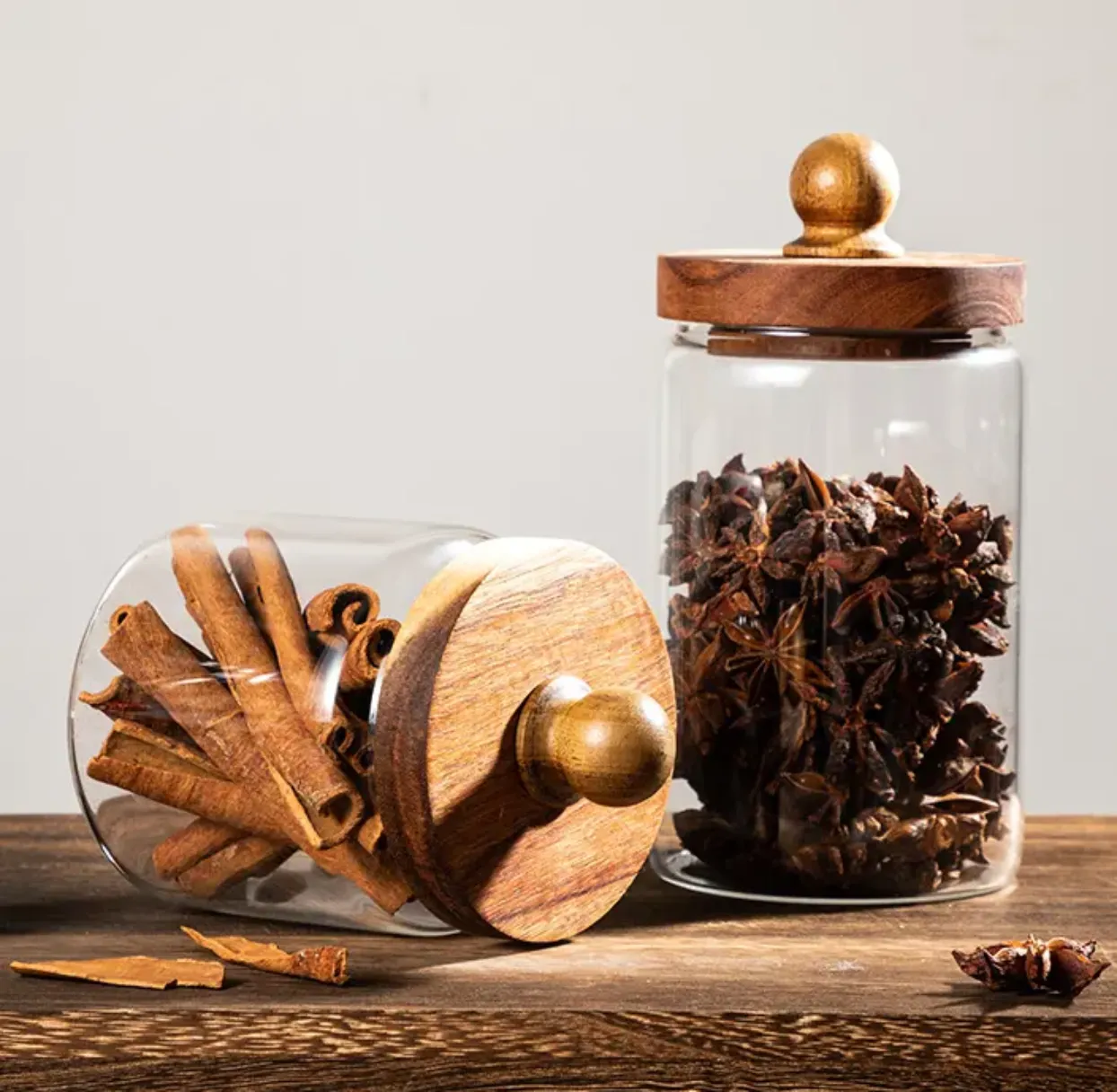
(white and gold ceramic dinner plates)
FAQS on white and gold ceramic dinner plates
Q: What makes white and gold ceramic dinner plates a popular choice for dining settings?
A: White and gold ceramic dinner plates offer an elegant and timeless look that complements various table decors. Their color combination adds a touch of luxury to any occasion. These plates are ideal for both everyday use and special events.
Q: Are gold ceramic dinner plates safe for use in the microwave?
A: Gold ceramic dinner plates often contain metallic accents that are not microwave-safe. Using them in the microwave may cause sparking. Always check the manufacturer's guidelines before microwaving.
Q: How do blue and white ceramic dinner plates differ from white and gold ones in style?
A: Blue and white ceramic dinner plates typically feature classic or artistic patterns, offering a more traditional or coastal vibe. White and gold plates, on the other hand, exude contemporary elegance. Both styles can elevate your table setting, but suit different aesthetics.
Q: Can white and gold ceramic dinner plates be washed in the dishwasher?
A: Many white and gold ceramic dinner plates are dishwasher-safe, but the gold detailing may require gentle care. To preserve their finish, use the gentle cycle and avoid harsh detergents. Always refer to the care instructions provided by the manufacturer.
Q: Do gold ceramic dinner plates pair well with other dinnerware colors?
A: Yes, gold ceramic dinner plates pair beautifully with white, blue, or even black dinnerware. The gold accents add sophistication and make mixed table settings look cohesive and stylish. Experimenting with different combinations can create a unique dining experience.
